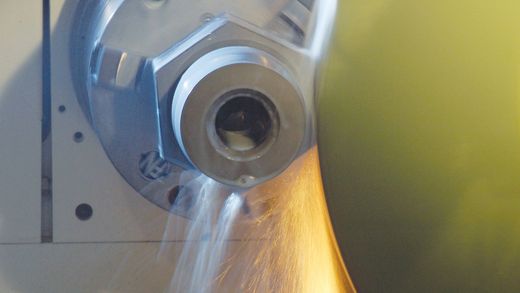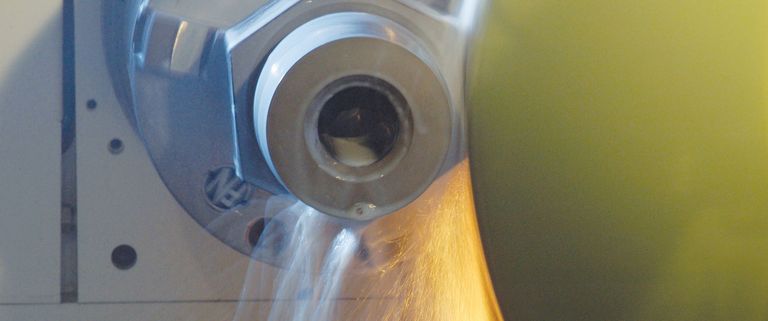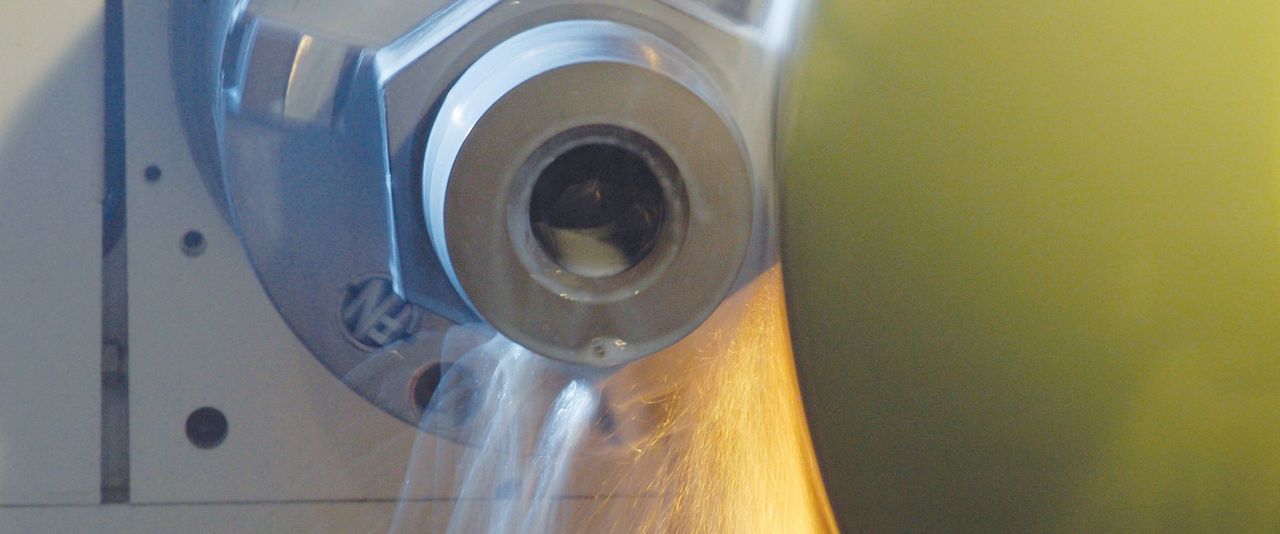Keep Your Cylindrical Workpieces Running True
Successful cylindrical grinding produces geometrically accurate results that match the dimensions defined for each individual part. Unlike easy-to-catch grinding problems that make themselves obvious on a quick visual inspection of surface finishes, however, some flaws can be difficult to spot because they involve the overall shape of the workpiece, not just the condition of its outer surface. To diagnose these errors, start with an understanding of factors that affect the production outcome of the grinding process.
One of the biggest sources of roundness errors in cylindrical grinding involves the centers that hold your work in place. Like the small contact patches through which vehicle tires establish traction on a road, the centers that enable workpiece rotation make contact with the part through the small tips of a pair of cone-shaped metal points that match up with corresponding centers on the workpiece itself. If either of those sets of centers deviates from its expected geometry, the part will be ground out of shape.
An ideal machining center is truly round, not oval, and free of burrs. Taken together, the pairs of centers used to create a part must line up concentrically. If these preconditions aren't met, or if the workpiece centers don't line up correctly with each other, the workpiece can't rotate correctly because it lacks a true central axis, and the results show roundness errors that fail quality control. The solution to many of these problems lies in regrinding the centers that fail the geometry tests.
Geometric problems that produce tapered workpieces can stem from workpiece dimensions. Long, thin parts can suffer from bad grinding results when coolant presses on them and pushes them out of properly centered rotation. For these jobs, it's important to use as little coolant as possible. These same workpieces also can develop grinding-wheel pressure from the use of a too-wide wheel. When workpiece length exceeds 10 times its smallest diameter, geometric grinding errors become unavoidable without the use of at least one steady rest to offset the bending forces that occur during the grinding process. To reduce bending forces and stabilize the workpiece, mount the steady rest in the center of the part.
Undesired tapering also can reflect improper dressing-tool cooling that results in thermal growth of the tool. Likewise, worn dressing tools and those that are not parallel to the grinding axis can yield inappropriate tapering, as can unstable clamping, incorrect infeeding and improper wheel overlap, along with poor alignment of the tailstock and the workhead.
Dimensional errors that affect workpiece diameter can result from yet another set of grinding-wheel problems. For example, premature grinding-wheel wear can point to the need for a harder wheel, and improper dressing results can mean it's time to rework dressing procedures and equipment. It's also important to verify that dull grinding wheels don't move back into production use without proper dressing.
Before a part even reaches a grinding machine's operator, it's been through a long list of steps, and with that amount of work invested in it, the last place you want it to wind up is in the reject pile. If geometric errors have cropped up in your workflow, you don't need to wrack your brain looking for a cause and tying it to a solution. UNITED GRINDING offers its customers training opportunities they can leverage any time they need them, beginning with new-equipment acquisitions and continuing through new production processes or staff additions. These training sessions help you and your personnel understand where problems start and learn how to eradicate them.









